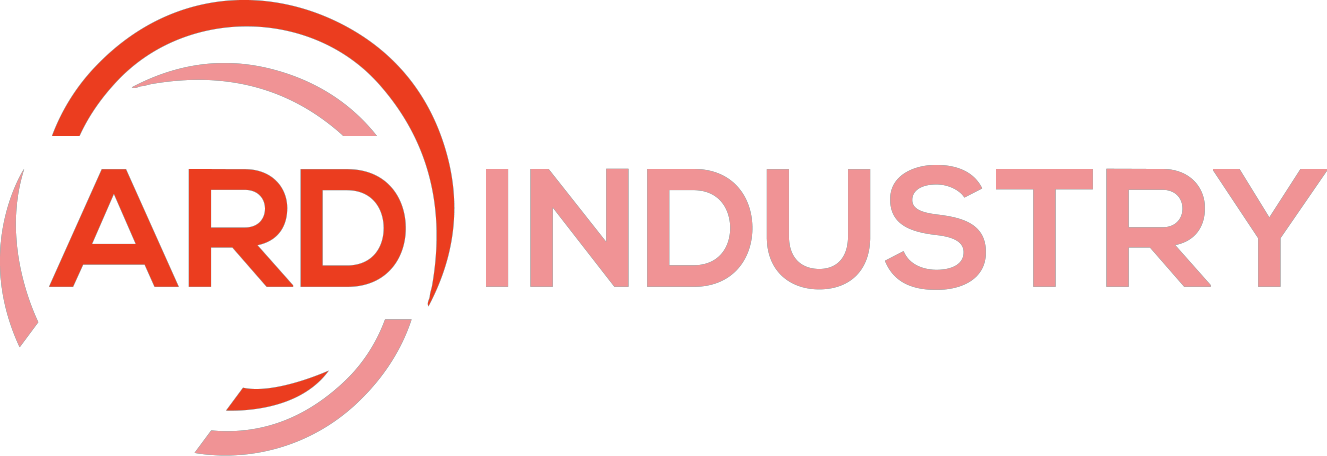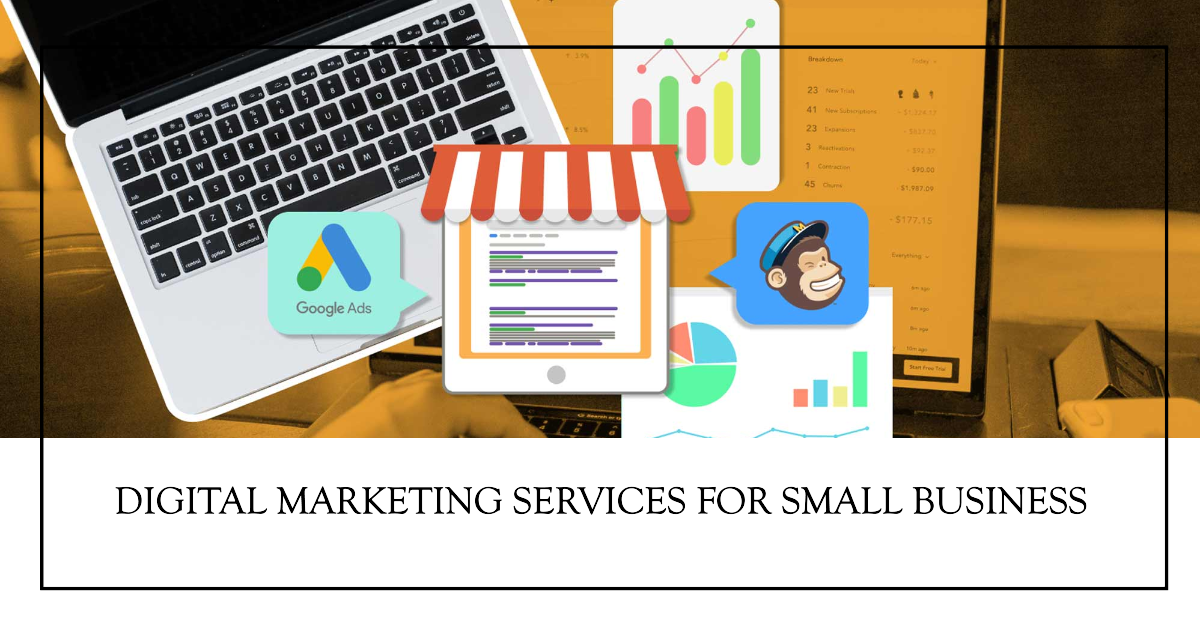Have you ever wondered why some products seem tailor-made for you while others don’t grab your attention? Or why certain ads catch your eye and others feel irrelevant? It all boils down to one crucial factor: understanding your audience. Now, here’s the big question—how well do you know your clients? What if you could unlock their full potential by understanding their unique needs and preferences? This is where market segmentation comes into play.
In today’s highly competitive marketplace, speaking directly to your audience is no longer optional; it’s a necessity. Moreover, market segmentation empowers businesses to divide their audience into smaller, more specific groups, making it possible to craft campaigns that feel personal, relatable, and actionable. But how does it work, and why does it matter? Let’s explore this powerful tool step by step.
What Is Market Segmentation, and Why Is It Crucial?
Market segmentation is the process of dividing a large, diverse audience into smaller groups based on shared characteristics. This allows businesses to focus on specific segments and create strategies that resonate deeply.
Here’s an analogy: imagine trying to hit a target with a handful of pebbles thrown randomly. Now imagine aiming at the same target with a well-placed dart. That’s the difference between broad, generic marketing and focused, segmented marketing.
There are four main types of market segmentation:
- Demographic Segmentation: Age, gender, education, occupation, income, and other measurable traits.
- Geographic Segmentation: Based on location—countries, regions, cities, or even climate.
- Psychographic Segmentation: Focuses on values, interests, lifestyles, and personality traits.
- Behavioral Segmentation: Analyzes buying patterns, brand loyalty, and how customers interact with products or services.
Each type allows businesses to peel back layers of their audience, revealing invaluable insights that can transform marketing strategies.
Why Market Segmentation Matters
Market segmentation isn’t just a fancy marketing buzzword; it’s a fundamental strategy for unlocking potential. So, here’s why it’s indispensable:
1. Deepens Customer Understanding
One-size-fits-all marketing is a thing of the past. To connect meaningfully with your audience, you must understand their needs, aspirations, and challenges. Segmentation provides clarity on who your clients are and what motivates them, enabling personalized engagement.
2. Improves ROI and Efficiency
Would you rather spend your marketing budget targeting a massive, uninterested audience or a smaller group ready to engage? Market segmentation focuses your efforts on high-potential segments, saving time, money, and resources.
3. Enables Tailored Marketing Campaigns – Market Segmentation
Personalization isn’t a luxury—it’s an expectation. Segmentation helps businesses create campaigns that speak directly to the needs of specific groups, fostering trust and loyalty.
4. Enhances Competitive Edge
When you understand your audience better than your competitors, you can position your brand more effectively. Segmentation allows you to anticipate customer needs and address them with precision.
5. Strengthens Client Retention
Long-term success isn’t just about attracting customers—it’s about keeping them. Segmented strategies ensure you meet evolving client needs, building loyalty and reducing churn.
How to Unlock Client Potential Through Market Segmentation
Knowing the benefits is one thing; implementing segmentation effectively is another. So, let’s break it down into actionable steps:
1. Gather and Analyze Data
Start with your existing customers. What do you know about them? Use tools like:
- Customer surveys and feedback forms.
- Website analytics to track visitor behavior.
- Social media insights to understand engagement patterns.
Key Tip: Don’t just collect data—interpret it. Look for trends, similarities, and gaps in your audience profile.
2. Define Specific Segments – Market Segmentation
Using the data, group your audience into segments with shared traits. For example:
- Segment A: Young professionals in urban areas who value eco-friendly, affordable products.
- Segment B: Retirees in suburban regions looking for premium, hassle-free solutions.
Ensure these segments are:
- Measurable: You can quantify their size and potential.
- Accessible: You can reach them through specific channels.
- Actionable: Your business can cater to their needs effectively.

3. Prioritize High-Potential Segments
Not all segments are equally valuable. Assess each one based on factors like:
- Revenue potential.
- Brand alignment.
- Cost-effectiveness of reaching them.
For example, if your business specializes in luxury products, targeting high-income households may yield better results than pursuing budget-conscious shoppers.
4. Develop Tailored Strategies – Market Segmentation
Here’s where the magic happens. Create marketing strategies unique to each segment. Let’s say you’ve identified “fitness-focused millennials” as a key segment. You could:
- Launch Instagram campaigns highlighting your product’s health benefits.
- Partner with influencers in the fitness niche.
- Offer discounts on fitness-related bundles during peak workout seasons.
5. Continuously Test and Optimize
Segmentation is a dynamic process. Markets evolve, and so do customer preferences. Regularly evaluate the effectiveness of your strategies through metrics like:
- Conversion rates.
- Engagement levels.
- Customer satisfaction.
Make adjustments based on feedback and new data to stay ahead of the curve.
Real-Life Success Stories in Market Segmentation
Real-life success stories demonstrate the transformative power of market segmentation in driving targeted strategies and achieving remarkable results.
1. Nike: Serving Athletes and Everyday Fitness Enthusiasts
Nike’s segmentation strategy is a masterclass in addressing diverse audiences. They cater to professional athletes with high-performance gear while targeting casual users with lifestyle-oriented products.
2. Coca-Cola: Personalization Done Right – Market Segmentation
The “Share a Coke” campaign showed how segmentation can be both innovative and personal. By putting individual names on bottles, Coca-Cola appealed to younger audiences seeking unique, shareable experiences.
3. Amazon: Precision in Behavioral Segmentation
Amazon’s recommendations aren’t random—they’re a result of sophisticated behavioral analysis. By studying what customers browse and buy, Amazon personalizes the shopping experience, driving repeat purchases.

Overcoming Challenges in Market Segmentation
Segmentation isn’t without its hurdles. To succeed, you must avoid common pitfalls:
1. Over-Segmenting
Dividing your audience into too many small groups can dilute your efforts. Strike a balance—segments should be specific but meaningful.
2. Relying on Poor-Quality Data
Your insights are only as good as the data behind them. Regularly update your information to keep it accurate and relevant.
3. Ignoring Segment Overlaps – Market Segmentation
Some customer needs may overlap across segments. Recognize these intersections to avoid redundancy in messaging.
4. Failing to Adapt
Segmentation is an ongoing process. Regularly reassess your strategies to ensure they align with current market trends and client expectations.
The Bigger Picture: Unlocking Client Potential
When done right, market segmentation becomes more than a marketing tool—it transforms how businesses interact with their clients. By understanding what drives your audience, you unlock opportunities to:
- Build stronger emotional connections.
- Offer value that competitors can’t match.
- Foster brand loyalty that lasts.
Imagine a luxury car brand targeting high-net-worth individuals. Instead of generic ads, they focus on experiences—test drives on scenic routes, exclusive events, and tailored financing options. This level of segmentation doesn’t just attract customers; it creates advocates for the brand.

Key Takeaways: From Insights to Action
Market segmentation is about more than identifying differences—it’s about celebrating them. By understanding what makes each group unique, businesses can create meaningful connections that drive success.
Here’s how you can start unlocking your clients’ potential today:
- Commit to knowing your audience deeply.
- Use data to inform every decision.
- Stay flexible and open to evolving trends.
So, are you ready to take your marketing strategies to the next level? The path to unlocking client potential starts with understanding their needs—and market segmentation is the map to guide you.
Conclusion: Market Segmentation
Market segmentation isn’t just a tool; it’s a mindset. It allows you to meet your clients where they are and provide what they need most. Start small, refine your approach, and watch as targeted strategies transform your business. After all, the better you understand your clients, the better you serve them—and that’s the foundation of lasting success.








